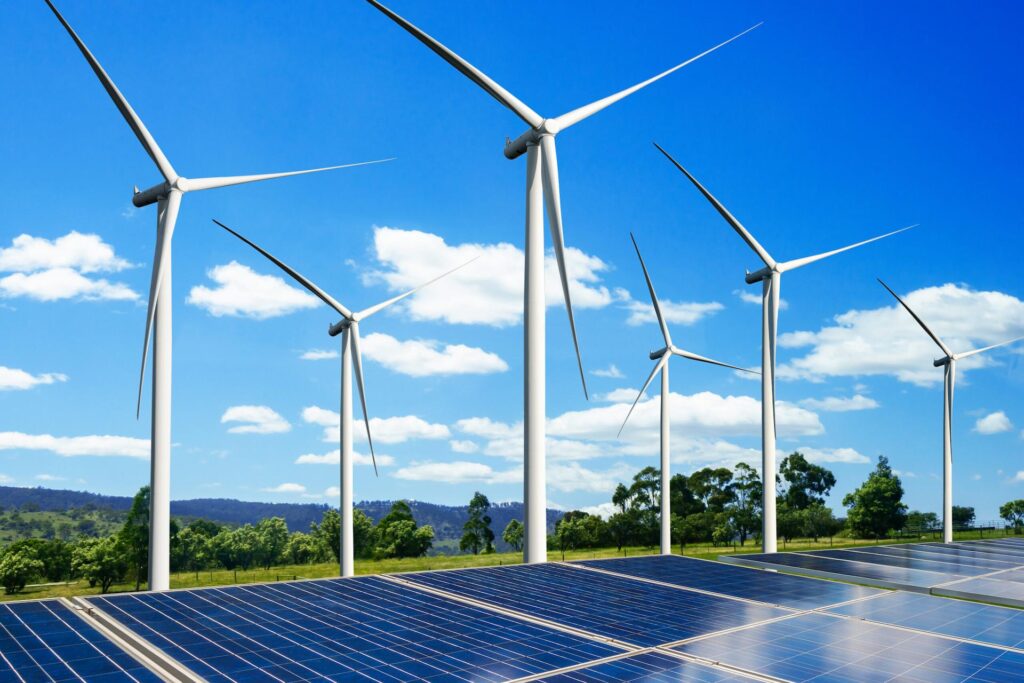With major countries like the United States aiming to net zero by 2050, making use of electricity that comes from renewable sources is vital to reducing carbon emissions. The staff members of Green Energy Solutions point out that each and every type of renewable energy contribute different amounts to the electricity mix of a country, alongside non-renewable energy types such as fossil fuels or nuclear energy. Examples of renewable energy sources include wind power, solar power, and so on.
Green Energy Solutions briefly talks about the common types of renewable energy sources
Renewable energy implies to the type of energy that comes from a source that will not run out with time. They are natural and self-replenishing, and typically have a low or zero carbon footprint. Burning fossil fuels to create electricity is known to be a prime contributor to the emission of greenhouse gases. Hence, pivoting to renewable energy sources is important to tackle the issue of climate change. Renewable energy sources are projected to account for more than half of global electricity production by 2035. Here are some of the most popular renewable energy sources:
Solar energy: Sunlight is the most abundant and freely available energy resources of the planet. The amount of solar energy that reaches the surface of the earth in an hour is actually adequate enough to meet the total energy requirements of the planet for the entire year. However, even though it does sound like the ideal renewable energy source, the amount of solar energy one can use varies as per the time of day, the season of the year, and the geographical location of a place.
Hydro energy: Hydro power is among the most commercially developed forms of renewable energy. Hydropower facilities include dams, run-of-river systems, and pumped storage plants, which tend to harness the energy of moving or falling water to generate electricity. Hydro energy is much more dependable than solar or wind power, and allows electricity to be stored for use when demand reaches a peak.
Tidal energy: This basically is another form of hydro energy. It uses twice-daily tidal currents to drive turbine generators. Even though, unlike certain other hydro energy sources, tidal flow is not constant, it is pretty predictable. Hence, it can compensate for the periods when the tide current is low.
Wind energy: Wind energy simply converts the kinetic energy of wind into electricity through wind turbines. It is among the fastest-growing renewable energy sources across the planet, and tends to be largely driven by technological advancements and favorable wind conditions. There are offshore and onshore wind farms found in many parts of the world. Due to the scalability of wind turbines, they are well suited for both utility-scale projects and smaller distributed generation installations.
Experts at Green Energy Solutions mention that in addition to the above mentioned types, biomass energy is also gaining popularity in recent years. It involves the conversion of solid fuel made from plant materials into electricity. Even though traditionally biomass was associated with burning organic materials to produce electricity, the process followed today is much cleaner and eco-friendly.
